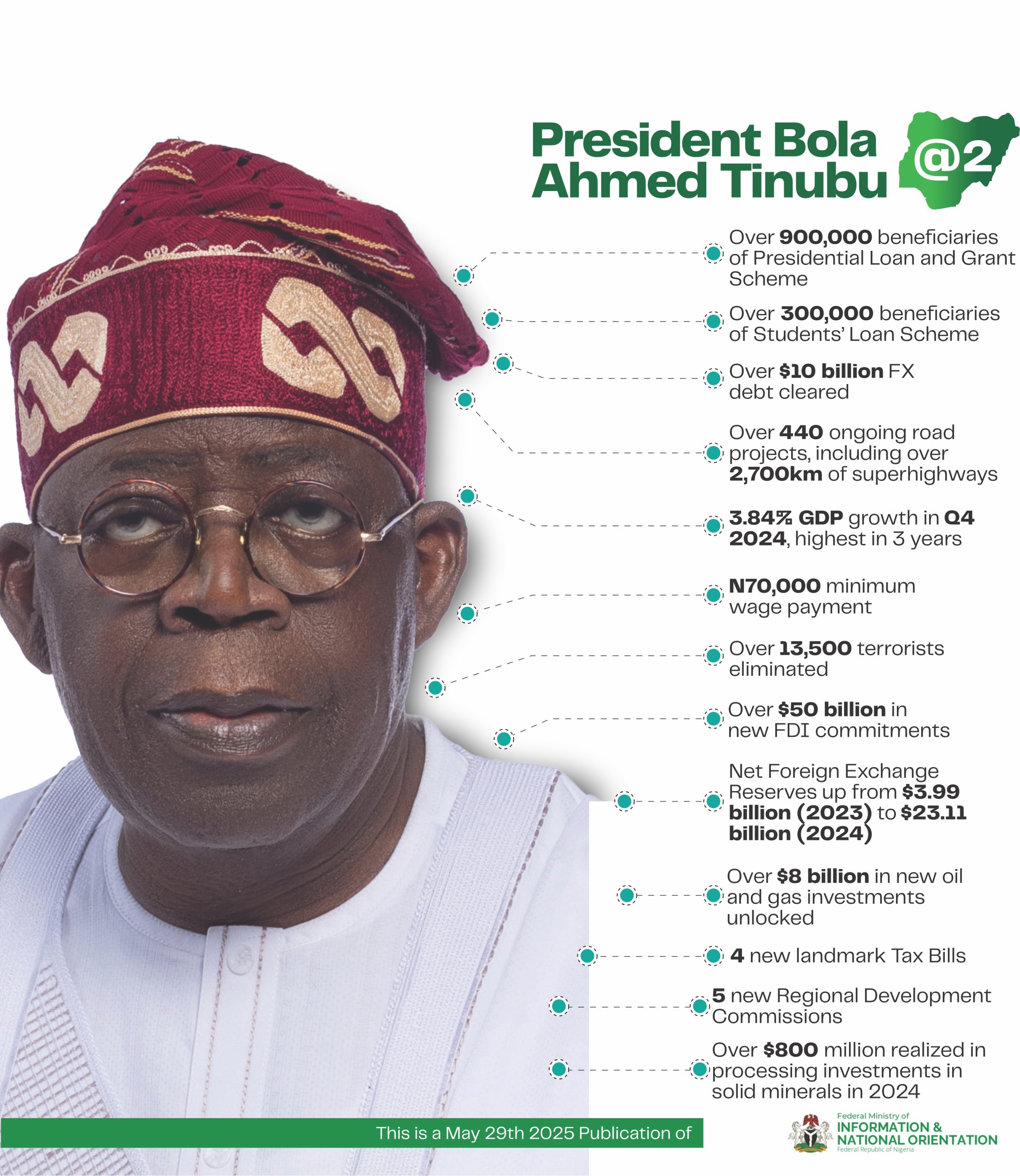
Boris Johnson has resigned as Conservative leader and will step down as prime minister when a new leader is found.
He quits Downing Street after less than three years in the job, despite having won a huge majority in the 2019 general election.
Outgoing prime ministers are usually expected to stay in office until a successor is found. But how does that happen?
How do the Conservatives elect a new leader?
Once a Conservative leader has stood down, an election for a new party leader is triggered. Under the current rules, candidates need the support of eight Conservative MPs to stand.
Once all the candidates have declared – if there are more than two candidates – Tory MPs will hold a series of votes until only two remain.
- in the first round, candidates must get 5% of the votes to stay in the running (currently 18 MPs)
- in the second round, they must get 10% (currently 36 MPs)
- in the following rounds, the candidate with the least number of votes is eliminated
When two MPs are left, all Conservative Party members around the country – so not just MPs – will vote for the winner.
The timescale for each contest is decided by the 1922 Committee of backbench MPs, and the committee could vote to change the rules before the contest takes place.
How is the next prime minister appointed?
Whoever wins the contest to lead the Conservatives, will become the leader of the party with the largest number of MPs in Parliament.
The Queen will therefore ask them to form a government.
Will there be a general election?
No.
When a prime minister resigns, there is not automatically a general election.
The latest an election can be held is January 2025, but the new prime minister could choose to call an election before then.
BBC






Be the first to comment